Even if you’ve never gone out of your way to collect pressed pennies, chances are you probably have one tucked away somewhere. With machines offering these decorative souvenirs stationed all over the world, they’re practically impossible to avoid. But beyond their shiny, flattened surfaces lies a fascinating history and some surprising facts you might not expect. Here are 12 facts about pressed pennies that prove they’re more than just a fun keepsake.
1. The First Pressed Penny Was Produced in 1818
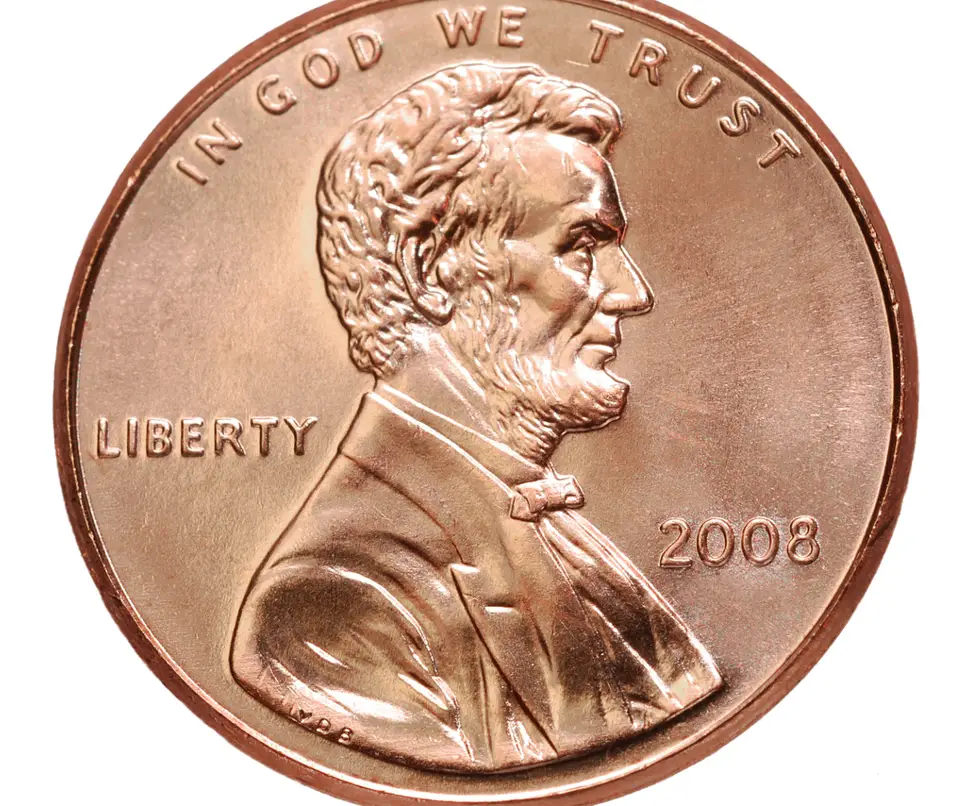
At least, 1818 is the year in which the first documented pressed penny was created. A jeweler in Vienna crafted it during the Austrian Empire’s early days, adding a unique artistic touch to coinage. However, it would take a few more decades before pressed pennies became commonplace as souvenirs. That simple act of elongation eventually sparked a collectible craze that’s still going strong today.
2. The First American Pressed Penny Appeared in 1892

Pressed pennies made their U.S. debut at the 1892-93 World’s Columbian Exposition in Chicago. Four different designs were minted to commemorate 400 years since Christopher Columbus “discovered” America. The expo attracted millions of visitors, many of whom took home these affordable, unique souvenirs. This marked the start of a beloved American tradition.
3. People Have Died Trying to Make Them on Train Tracks
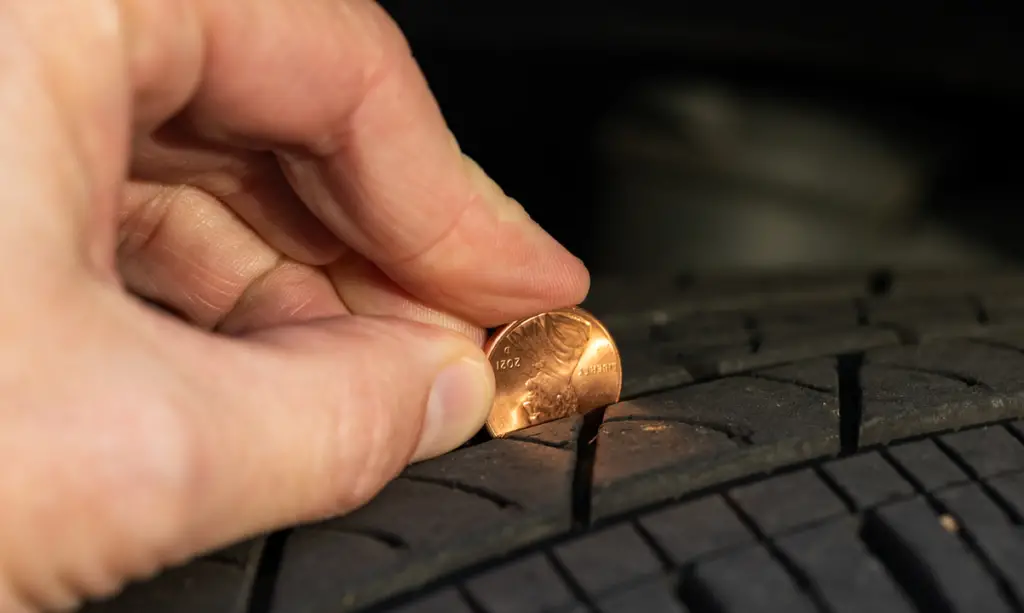
While most people use safe, mechanical methods to create pressed pennies, some have taken dangerous routes. In 2014, 17-year-old Brandt Torres tragically died while attempting to press pennies on train tracks in Livonia, Michigan. Stories like this serve as grim reminders that souvenir-making should always be done safely. Machines are the way to go—no keepsake is worth that risk.
4. It’s Okay to Press Pennies in the U.S.
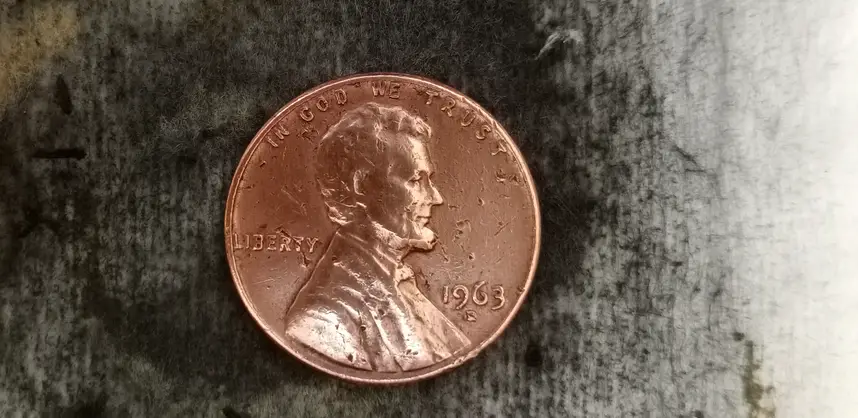
You might think squashing coins would be illegal, but it’s perfectly legal to press pennies in the U.S. According to statute 18 USC Section 331, mutilating coins is only illegal if the intent is to use them as fraudulent currency. Since pressed pennies are clearly souvenirs and not meant for spending, they’re totally fine. So go ahead and crank that machine without worry!
5. You Could Spend Time in Jail Pressing Pennies in Canada
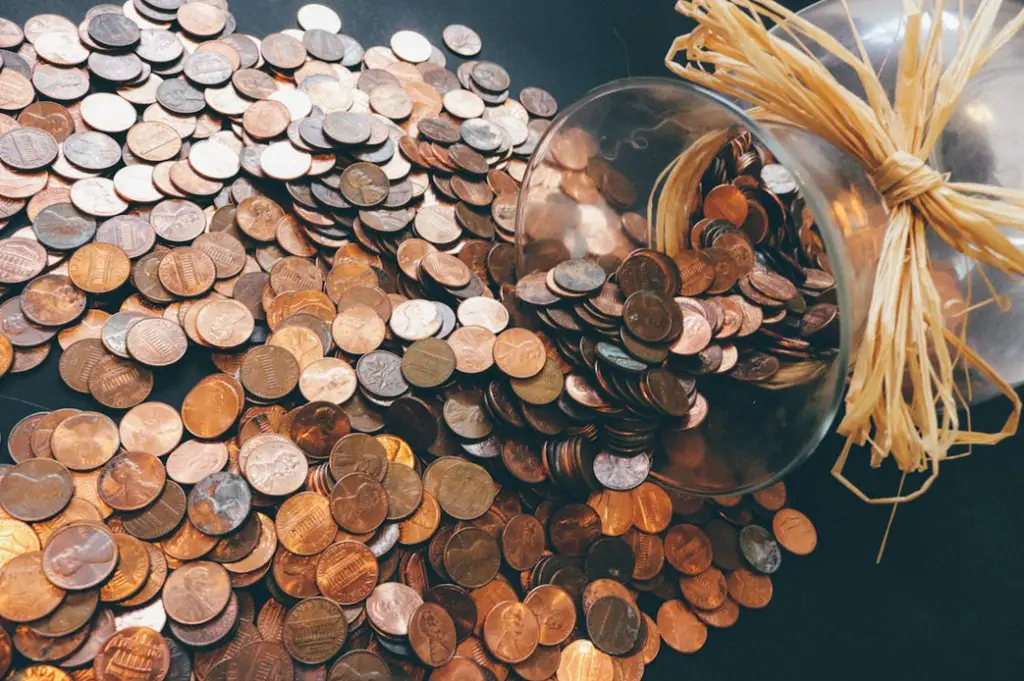
Things are different north of the border, though. Canada’s Currency Act Section 11(1) bans the defacing or mutilation of coins, regardless of intent. Whether you’re making a keepsake or not, pressing pennies in Canada is completely off-limits. It’s best to leave your coins unpressed while visiting the Great White North.
6. Pressed Pennies Are Classified as “Exonumia”
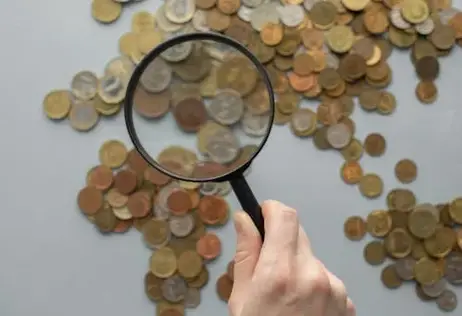
Ever heard of exonumia? It’s the term for objects that look like money but aren’t used as currency. Pressed pennies fall squarely into this category since they resemble coins but aren’t meant to be spent. They’re a perfect example of money transformed into art.
7. The Official Term Is “Elongation Machines”
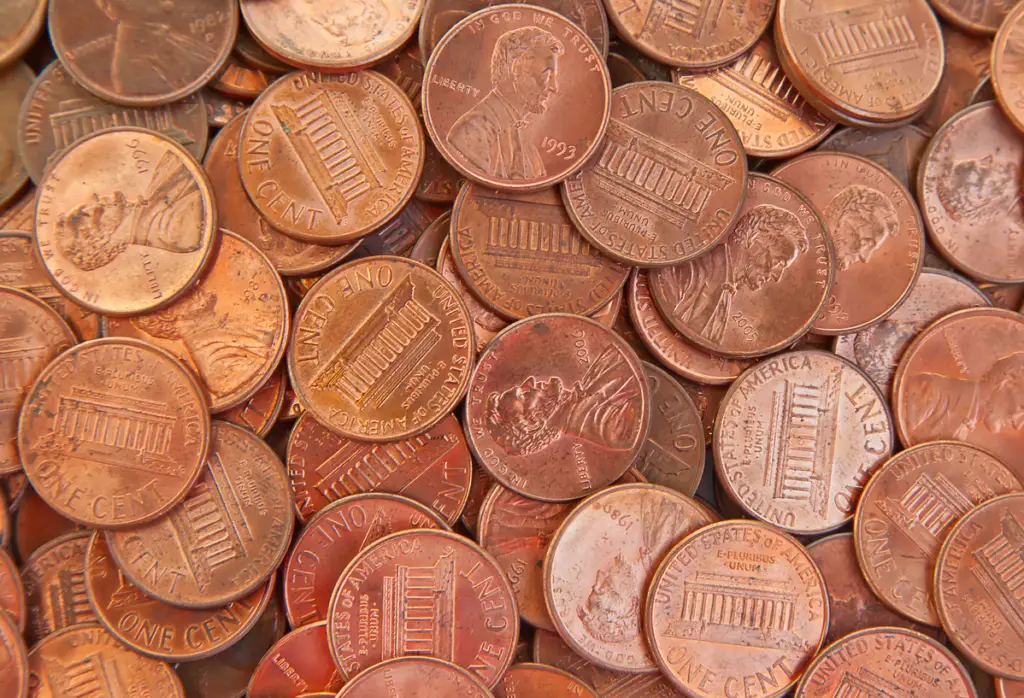
While we often call them penny pressers or squishers, the correct term is “elongation machines.” The flattened coins themselves are known as “elongated coins” in numismatic circles. It might not roll off the tongue quite like “pressed pennies,” but it’s the proper terminology. Still, we think “penny squisher” sounds way more fun.
8. It Takes Many Pounds to Pinch a Penny
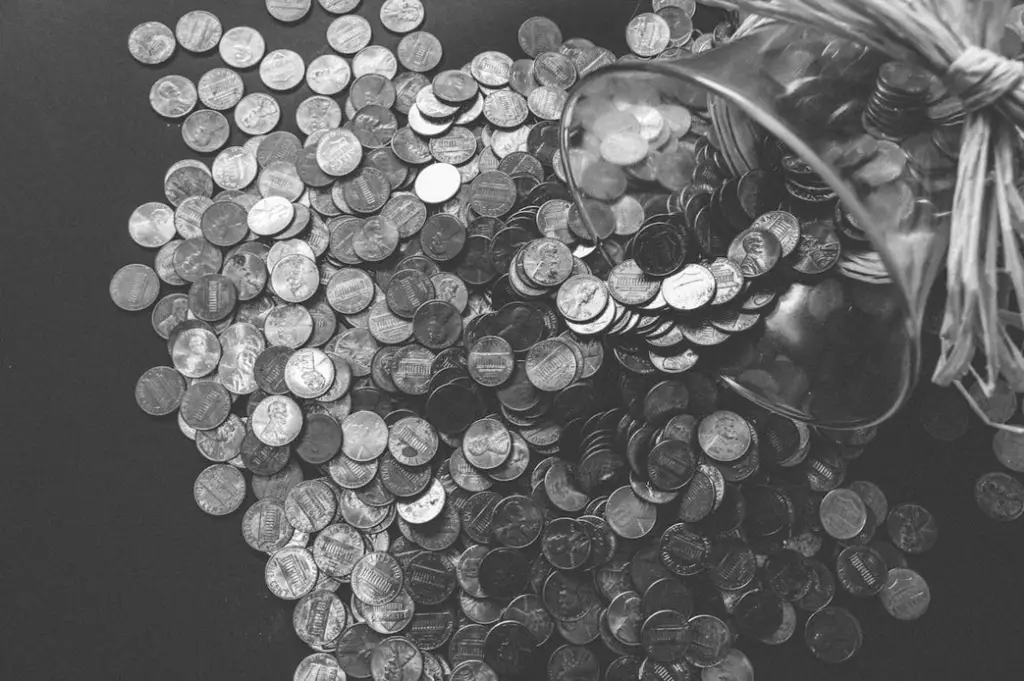
If you’ve ever thought about building your own penny-pressing machine, be prepared for some heavy lifting. It takes a whopping 5,070 pounds of pressure per roller to squash a coin. That’s a lot of force packed into those tiny machines you see at amusement parks and museums. No wonder those machines make such a satisfying crunching sound!
9. Disneyland Parks Get Collectors Really Animated
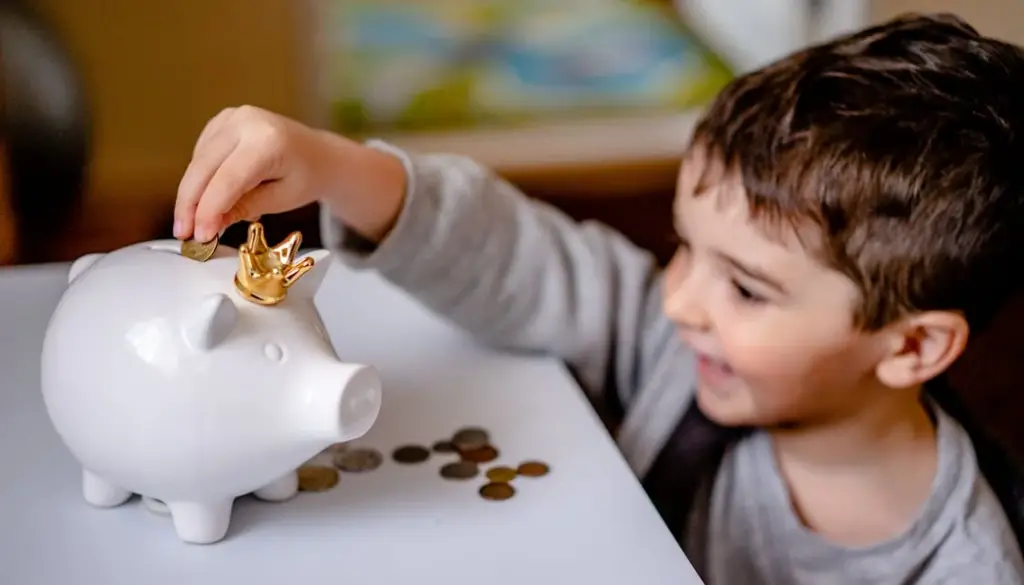
Disneyland is a paradise for pressed penny collectors. Each park boasts 40 different machines, each offering three unique designs. That’s a total of 120 pressed pennies to find in just one park! For collectors, it’s a fun and magical treasure hunt.
10. A Collector Documented His Travels to Find New Variants
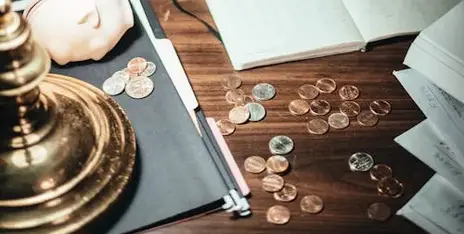
Matt Masich, a dedicated “elongate collector,” took his hobby on the road. He traveled around Colorado in search of unique pressed penny designs, documenting his journey in a 2013 article for Colorado Life Magazine. Masich dubbed his adventure “The Penny Quest,” showcasing the lengths collectors will go for their treasures. His story proves that pressed pennies can turn into a full-fledged passion.
11. Pre-1982 Pennies Are the Best to Press
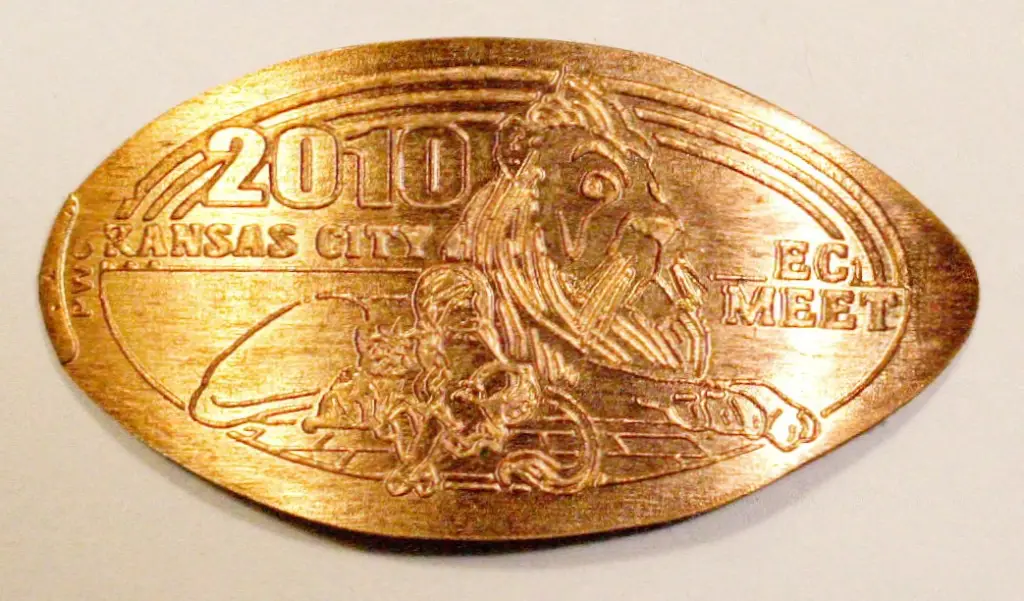
If you’re planning to press some pennies, opt for ones made before 1982. These older coins are made of pure copper, which holds its color beautifully when pressed. Modern pennies, on the other hand, are copper-plated zinc, and pressing them reveals unsightly silver streaks. So for the best results, dig into your change jar for those vintage coins.
Pressed pennies might seem like simple souvenirs, but their history and quirks make them fascinating collectibles. From their surprising origins to the science behind the perfect press, there’s a lot more to these tiny treasures than meets the eye. Whether you’re a casual collector or a dedicated enthusiast, pressed pennies hold a special kind of charm. Next time you spot an elongation machine, you might just see it in a whole new light.


